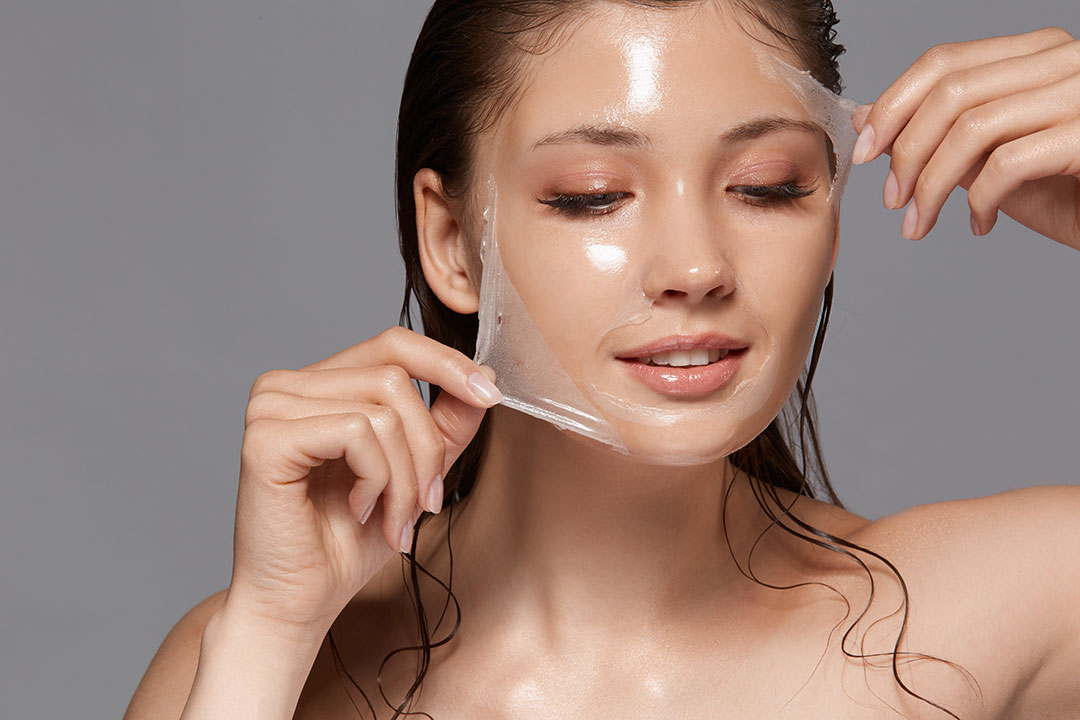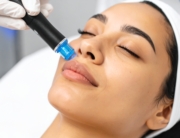At Toronto’s Elements Spa we use chemical peels as a popular cosmetic treatment designed to improve the texture and appearance of the skin by removing the outermost layers. There are various types of medical skin peels, each tailored to address specific skin concerns and depths of treatment. The main categories are superficial peels, medium-depth peels, and deep peels. Each type offers unique benefits and is suitable for different skin issues and desired outcomes. Let’s take a closer look at these chemical peels and how they can help you achieve the most radiant rejuvenation!
Superficial Chemical Peels
Superficial peels are the mildest form of chemical peels, often using alpha-hydroxy acids (AHAs) like glycolic acid or beta-hydroxy acids (BHAs) such as salicylic acid. These peels are ideal for treating minor skin imperfections like mild sun damage, fine lines, and uneven skin tone. Because they only penetrate the outermost layer of the skin (the epidermis), they involve minimal downtime and are often referred to as “lunchtime peels.” Patients typically experience slight redness and peeling for a few days, making these peels a convenient option for those with busy schedules.
Medium-depth Chemical Peels
Medium-depth peels use stronger acids like trichloroacetic acid (TCA) or a higher concentration of glycolic acid to reach the middle layers of the skin (the dermis). These peels are effective for addressing more pronounced issues such as moderate wrinkles, acne scars, and pigmentation irregularities. The recovery time for medium peels is longer than for superficial peels, usually involving several days of redness, peeling, and sensitivity. However, the results are more substantial, providing a noticeable improvement in skin texture and tone.
Deep Chemical Peels
Deep peels are the most intensive type, using potent chemicals like phenol to penetrate deeply into the dermis. These peels are best suited for severe skin concerns, including deep wrinkles, significant sun damage, and precancerous growths. Due to their intensity, deep peels require a more extended recovery period, often a week or more, and involve considerable peeling, redness, and swelling. The dramatic results, however, can be long-lasting, making deep peels a powerful option for those seeking significant rejuvenation.
In addition to these traditional categories, there are also specialized peels designed to target specific skin concerns. For example, Jessner’s peel combines lactic acid, salicylic acid, and resorcinol to treat acne and hyperpigmentation effectively. Similarly, retinoic acid peels are often used to address melasma and other forms of hyperpigmentation. By consulting with a qualified dermatologist or a board-certified cosmetic plastic surgeon like Dr. Adibfar, you can determine the most appropriate type of peel for your skin type and concerns, ensuring a customized approach that delivers optimal results!
Click here to learn more or to book a consultation with one of Toronto’s leading board-certified cosmetic plastic surgeons, Dr. Adibfar.








Recent Comments